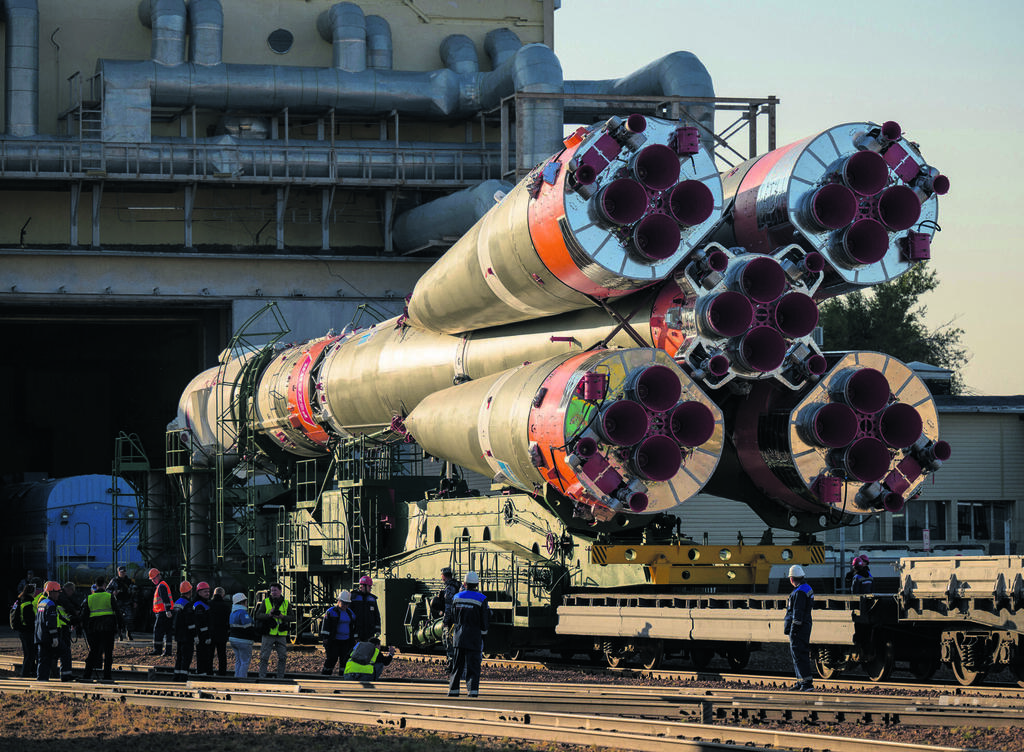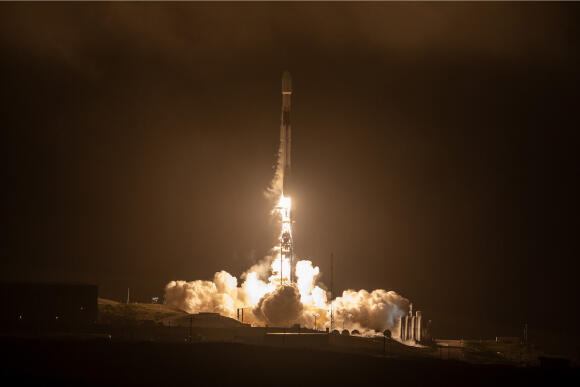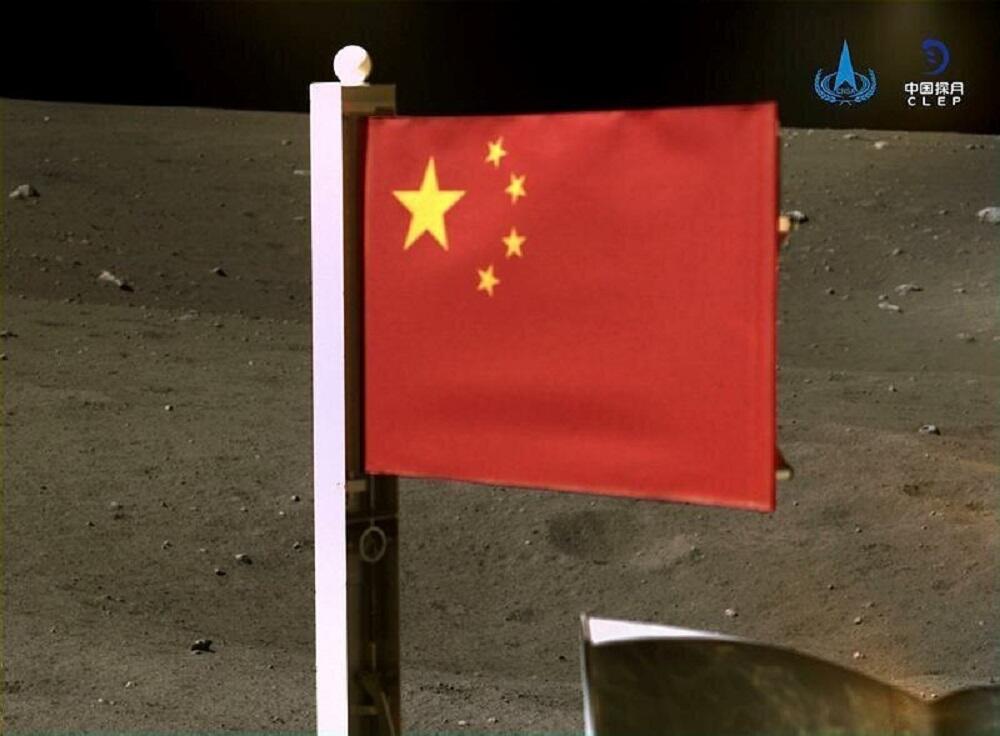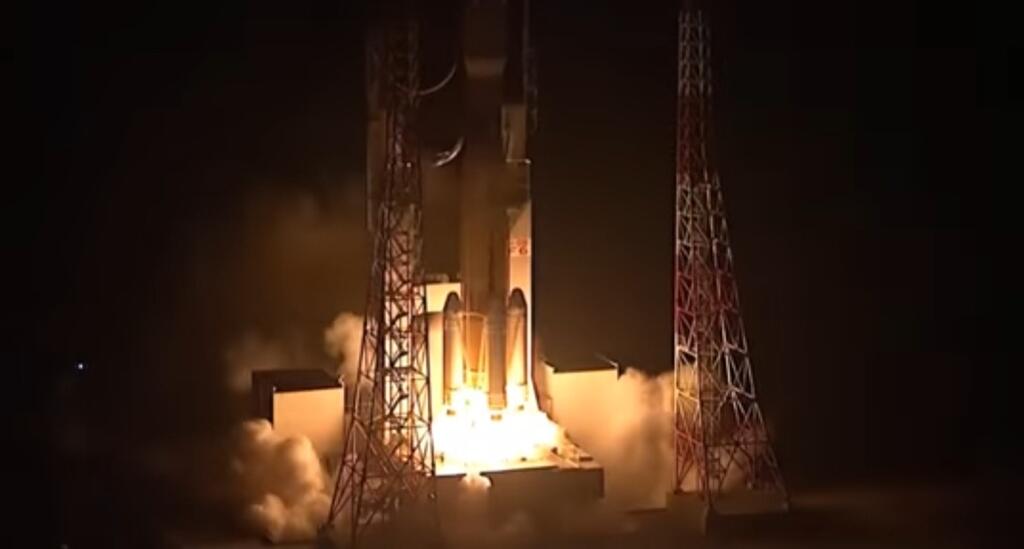The global space industry continues to expand rapidly, despite the inflationary pressures weighing on the world economy. According to a report by the Space Foundation published in July, the space economy grew by 8% last year, reaching a value of $546 billion. This represents a 91% surge over the past decade.
Read more:
The leading governments in space research spending are the United States, miles ahead of other countries such as China, Japan and France. India, the latest country to join the club of nations that have landed on the moon, ranks seventh but is expected to make a significant leap forward.
4 View gallery


Russian Suyuz rocket being prepared for launch
(Photo: Bill Ingalls/NASA via Getty Images)
"The report anticipates continued growth in the space industry, and based on our conservative formula, we estimate its value will approach $800 billion within five years," writes Thomas Dorame, deputy president of the Space Foundation.
In 2022, revenues from the commercial space industry accounted for the majority of space economy revenues — 78%. Particularly rapid growth was recorded in the communications sector, following a rise in demand for satellite broadband services. This sector grew by 17% last year, reaching $28 billion. A sharp increase of 35% was recorded in satellite launches.
The United States: The leading space superpower
Although the United States continues to lead significantly over other countries in government spending in the space sector, in recent years, the spending ratio out of the total federal budget has been shrinking. In 1966, the expenditure of NASA, the National Aeronautics and Space Administration, was about 4.5% of the budget, while in recent years it has dropped to about 0.5%. For comparison, U.S. defense spending stands at about 20% of the annual budget.
In 2021, Congress budgeted NASA at $23 billion, a 3% increase compared to the previous year. Historically, about 90% of NASA's budget flowed to private contractors, primarily focused on designing and manufacturing spacecraft and rockets, while NASA oversaw operations and operated the equipment. Today, missions are often also entrusted to private entities, like SpaceX and Orbital Sciences.
In reality, most of the major private space companies operate in the United States, led by Boeing, SpaceX and Raytheon, allowing it to continue playing a key role in developing rockets, satellites, and other equipment needed for space activities. NASA has partnered with the private sector for the Artemis program, through which four astronauts, including the first woman, Christina Koch, are supposed to land on the moon by 2024.
In April 2020, NASA announced that Elon Musk's SpaceX, Jeff Bezos's Blue Origin and Alabama-based Dynetics would develop and build the spacecraft to land the astronauts on the moon in the final stage of the journey. The Biden administration committed to supporting NASA's project, expected to cost about $93 billion by 2025.
China: Competing with the U.S. in Space
Last May, China announced its intention to land astronauts on the moon before 2030 and expand its space station, Tiangong, after a third module was added to the station last November. China is ranked second after the United States in governmental spending on space exploration, though it is about a fifth of the American budget.
"China is initially preparing for a short stay on the moon and for combined human-robotic research," stated a senior official from the Chinese Space Agency when presenting the plan.
China's first manned space mission, two decades ago, made it the third country after the former Soviet Union and the United States to successfully land a spacecraft on the moon. China established an independent space station after being excluded from the International Space Station, mainly due to objections filed by the United States against the backdrop of the close ties between China’s space program and its military.
Simultaneously, China continues to compete with the United States in an effort to surpass its achievements. In addition to the lunar plans of both countries, they have landed rovers on Mars, and Beijing plans to follow its competitor by landing a spacecraft on an asteroid.
The United States views China as a threat in space. Last January, NASA chief Bill Nelson, a former astronaut and senator from Florida, warned that China might attempt to claim ownership of resources on the moon. According to him, competition between the countries is intensifying, and the next two years will determine which nation will gain the upper hand.
"We are in a space race," Nelson told Politico. "We should be careful that they do not reach a position on the moon under the guise of scientific research and take it over."
Japan: Making its way to the moon
Although Japan is among the leading countries in terms of investment in the space race, it has experienced several stinging failures along the way. Last year these included a failed attempt to land on the moon, a rocket engine exploding during a test, and the decision to destroy one of its flagship rockets due to ignition issues in the engine. However, its fortune might be changing.
Last month, Japan launched a mission to the moon, hoping to become the fifth country to join the prestigious club, following the thrilling success of India last summer. The Japanese SLIM project is expected to land on the moon within four to six months. This is a longer-than-usual timeframe because the spacecraft's computer systems will design the flight path in a way that minimizes fuel consumption.
Japan also intends to join India in a lunar exploration mission that will get underway after 2025. The LUPEX mission is designed to gather data on lunar water with the aim of determining whether it can be utilized for sustainable space exploration missions. Nonetheless, Japan’s most significant contribution in the field will take place under the American Artemis program, which ultimately aims to facilitate missions to Mars.
Last November, Tokyo signed an agreement with Washington that also paves the way for placing a Japanese astronaut in the future research station. The U.S.-Japanese partnership underscores their geo-strategic rivalry against China.
India: The new contender
India may not rank in the top five in terms of government spending on space research, but the recent landing of Chandrayaan-3 near the moon's south pole last August has significantly elevated its position in the pecking order.
The lunar landing, which occurred four years after the Chandrayaan-2 spacecraft crashed, is expected to provide a significant boost to India's space industry, which is currently valued at approximately 8 billion dollars (about 2% of the global space economy). Its growth rate stands at 4% per year in recent years, double that of its global competitors, and was predicted to reach a value of 40 billion dollars by 2040. These estimates are likely to shift following the successful historic mission.
India aspires to follow in NASA's footsteps by opening up the space sector to private investments. Its activity in the satellite domain has been particularly noteworthy; since 1999, India has launched 381 foreign satellites for 34 countries, earning 279 million dollars in revenue.
"Sectors like aviation, space, and defense will now get a boost," noted Mukesh Kucheria, Managing Partner at AUM Capital, following the landing of Chandrayaan-3. "In India, there are around 140 startups in the space sector. These companies will attract much investment following the success of this mission. The government budget in the sector is also expected to increase, thereby providing a boost to the Indian economy."




